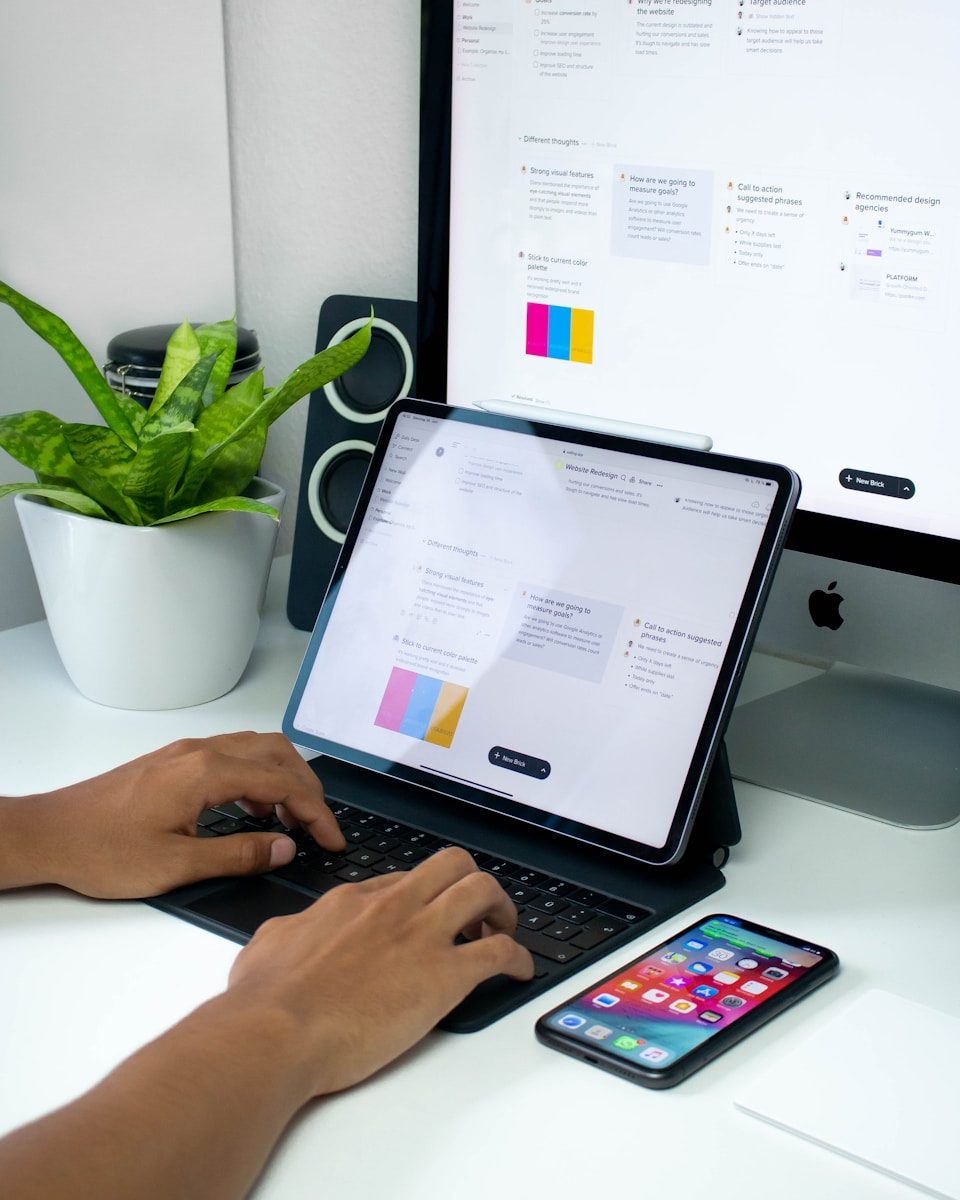iPad External Monitor Full Screen: The Quiet Revolution in Productivity
No one remembers the name of the engineer who designed the very first iPad screen, or the programmer who wrote some piece of firmware that allowed it to control an external monitor. You can change the way millions of people work, but the silent forces that build these tools don’t need to be revolutionary—they just need to be skilled and determined enough to make it work.
And as users, we’re starting to understand that this silent revolution in tech is shifting our understanding of what devices like the iPad can truly do. What once seemed like a secondary device for browsing, reading, or sketching is evolving into a centerpiece of serious productivity. Nowhere is this shift more apparent than in the way the iPad interacts with external monitors.
Why External Monitor Support Matters for the iPad
The iPad was long considered a closed ecosystem—a device that was self-contained, elegantly limited in its ambitions. For years, it could technically mirror a screen to an external monitor via cables or AirPlay, but it always seemed half-hearted. Mirroring alone doesn’t cut it for pro users; they crave a seamless, functionally independent experience that mirrors the workflows of desktops and laptops.
Enter full-screen external monitor support: an increasingly vital feature for those pushing the limits of what Apple’s flagship tablet can do. With the introduction of newer software updates like iPadOS 16 and beyond, Apple has begun to bridge the gap between the casual and the professional. Full-screen external monitor support means turning that second monitor into a functional workspace, rather than just a glorified display copy.
How Full-Screen iPad External Monitor Workflows Work
Plugging an iPad into an external monitor used to feel like hiring an assistant and giving them nothing to do. The screen mirrored your iPad, often boxed in by black borders, with no additional functionality. It was a feature that existed, but didn’t thrill anyone.
That’s changed. Thanks to high-level multitasking improvements and Stage Manager—a feature introduced in iPadOS—it’s possible to do what many thought was reserved solely for the realm of laptops: using an external monitor as an actual extension of your workspace. Full-screen apps can now float independently on the monitor, letting users drag and drop windows, work on complex spreadsheets, or edit photos on a canvas while keeping tools and panels back on the main iPad display. Serious, focused workloads can now live and breathe on the iPad in a way that feels genuinely seamless.
The Hardware Components Enabling the Shift
Of course, none of this happens without the right hardware foundation. The more recent generations of the iPad Pro have introduced specifications that were unthinkable in the tablet world just a decade ago. Apple’s M1 and M2 chips brought blazing performance, but they’re also packing something less obvious: the bandwidth needed to support high-resolution external displays up to 6K.
Pair this hardware with increasingly refined display technologies, like mini-LED and ProMotion dynamic refresh rates, and you’re reaching desktop-level experiences from a device that fits in your backpack. Of course, your experience will only be as good as the equipment you pair it with, whether that’s a Retina 5K Studio Display or a more humble monitor that still supports broad color gamuts and decent refresh rates.
The Growing Ecosystem of iPad Power Users
Something fascinating happens when you combine a tool with a tribe of people who are determined to push its boundaries. Full-screen external monitors might seem like a niche feature, but they’ve helped create a community of users with workflows that are downright inspiring.
Artists use their iPads as creative hubs while displaying their timeline cuts on widescreen monitors. Programmers write and test code on dual displays without the need to tether themselves to a MacBook. Educators and presenters deliver lessons with dynamic content flowing seamlessly between screens, providing flexibility that even desktops can’t always offer. These are users who would have balked at the idea of the iPad as a serious workstation a decade ago.
The Role of Software and Evolution
At the heart of this shift lies a simple truth: it’s not just about what the iPad hardware can do, but what software updates have enabled across the years. Apple’s approach to backwards compatibility—even in the face of rapid yearly updates—means more users can find themselves benefiting from features like Stage Manager without buying entirely new devices. Every step forward in functionality, from smoother UI animations to universal plug-and-play monitor detection, reinforces an ongoing trend: the iPad is no longer a tablet in the traditional sense.
The Future of iPad and External Monitors
As Kevin Kelly hinted at, technology has a way of growing beyond its initial scope, altering the landscape it inhabits while co-opting the people who use it to push its evolution forward. The iPad as an external monitor tool isn’t just about new possibilities; it’s about shifting expectations and redefining what a device can be. These tools might not always be designed by visionaries, but they quietly enable revolutionary changes in how we interact with the world.
“`
